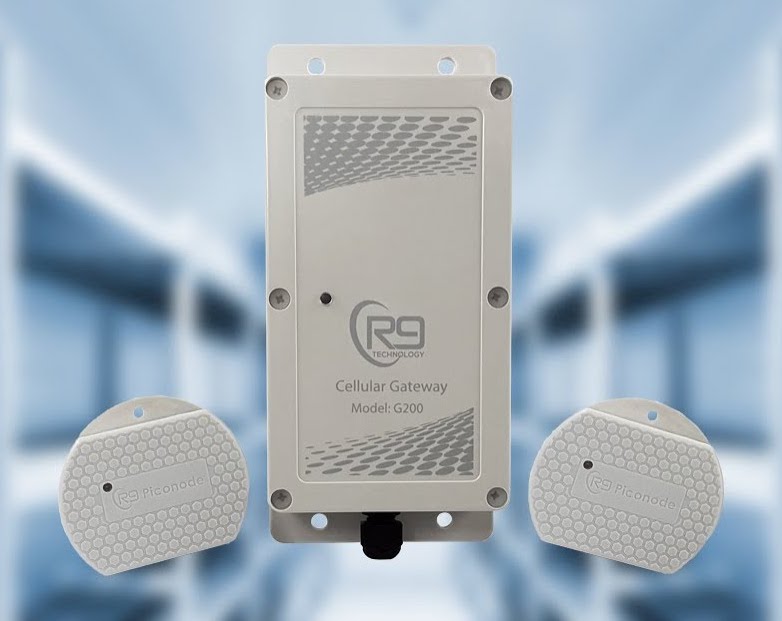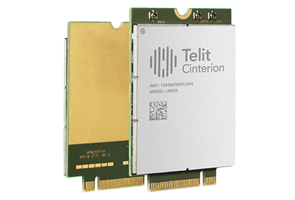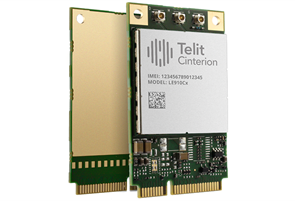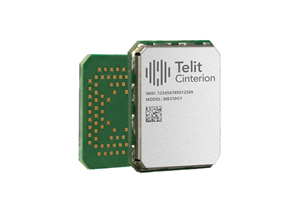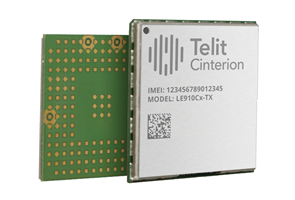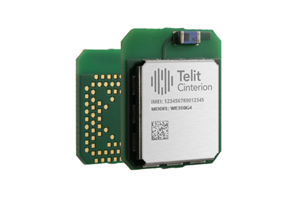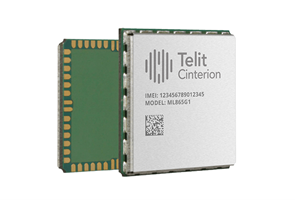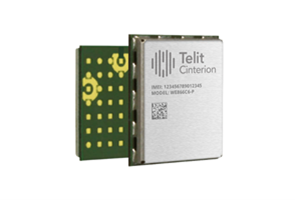Food and Beverage Industry IoT Use Cases

Improve Food Quality, Operational Efficiency and Compliance
Today’s food and beverage companies rely on Internet of Things (IoT) food quality monitoring systems. IoT enablement helps food and beverage companies gain greater visibility over their manufacturing, production and transportation processes to provide higher quality products for end consumers while maintaining operational efficiency and remaining compliant with governmental regulations.
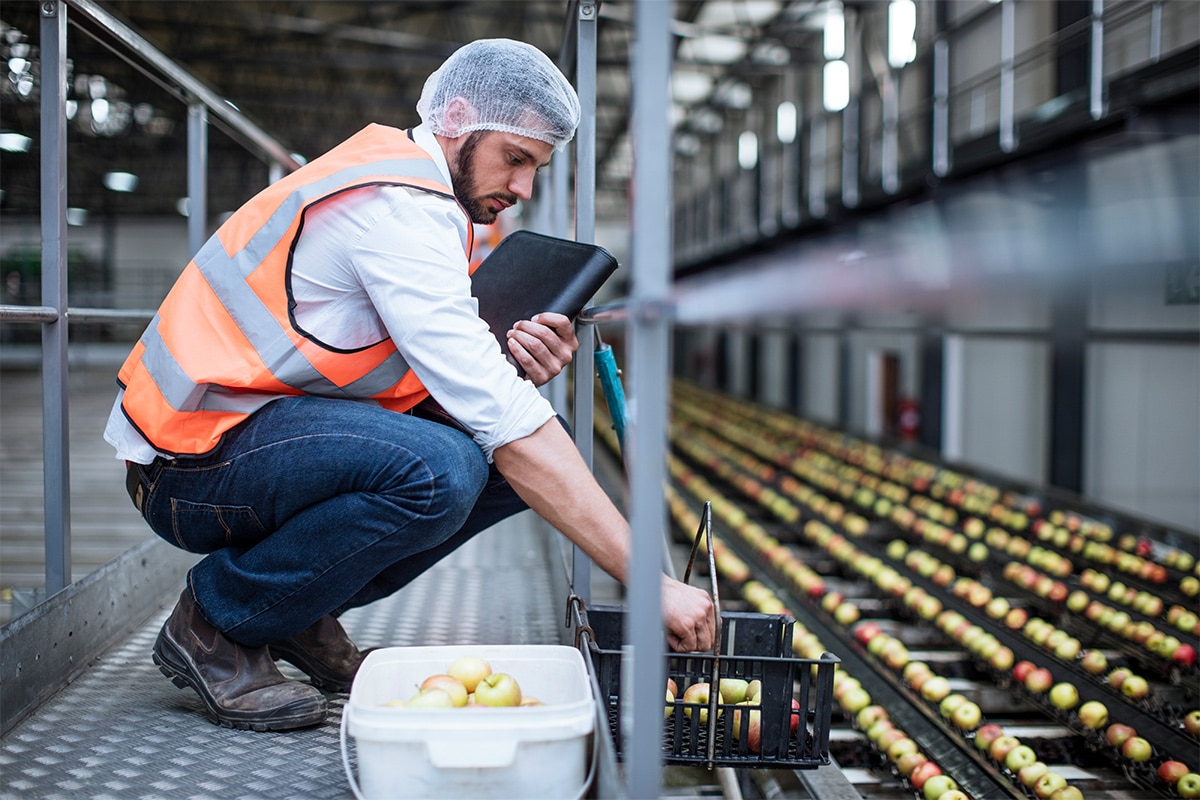
Food Safety
Safety measures are vital to provide safe food and beverages for consumers and maintain compliance. Sensor-based tracking ensures safety during transit and storage. Automated alerts trigger staff to perform and verify required inspections.
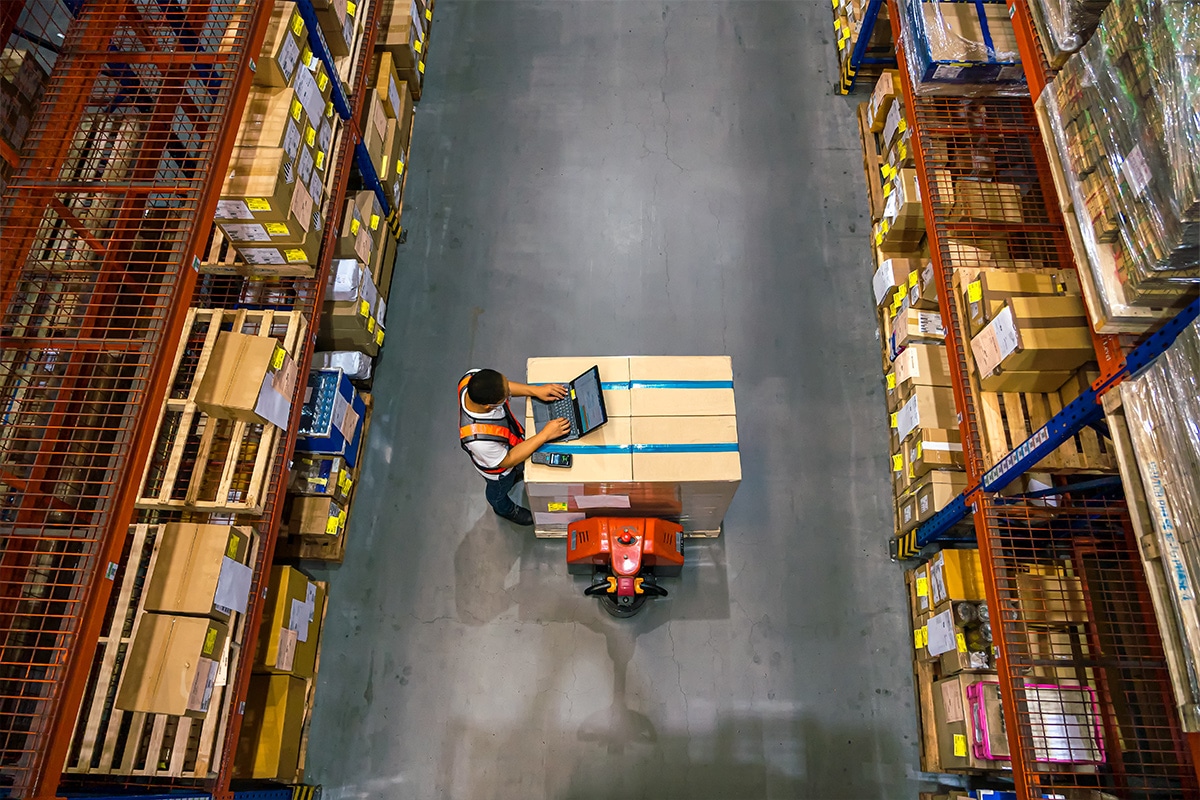
Logistics and Inventory Management
IoT-driven inventory management systems support just-in-time logistics to ensure supplies align with demand. These systems eliminate shortages and overstocks to prevent consumer strain and food spoilage.
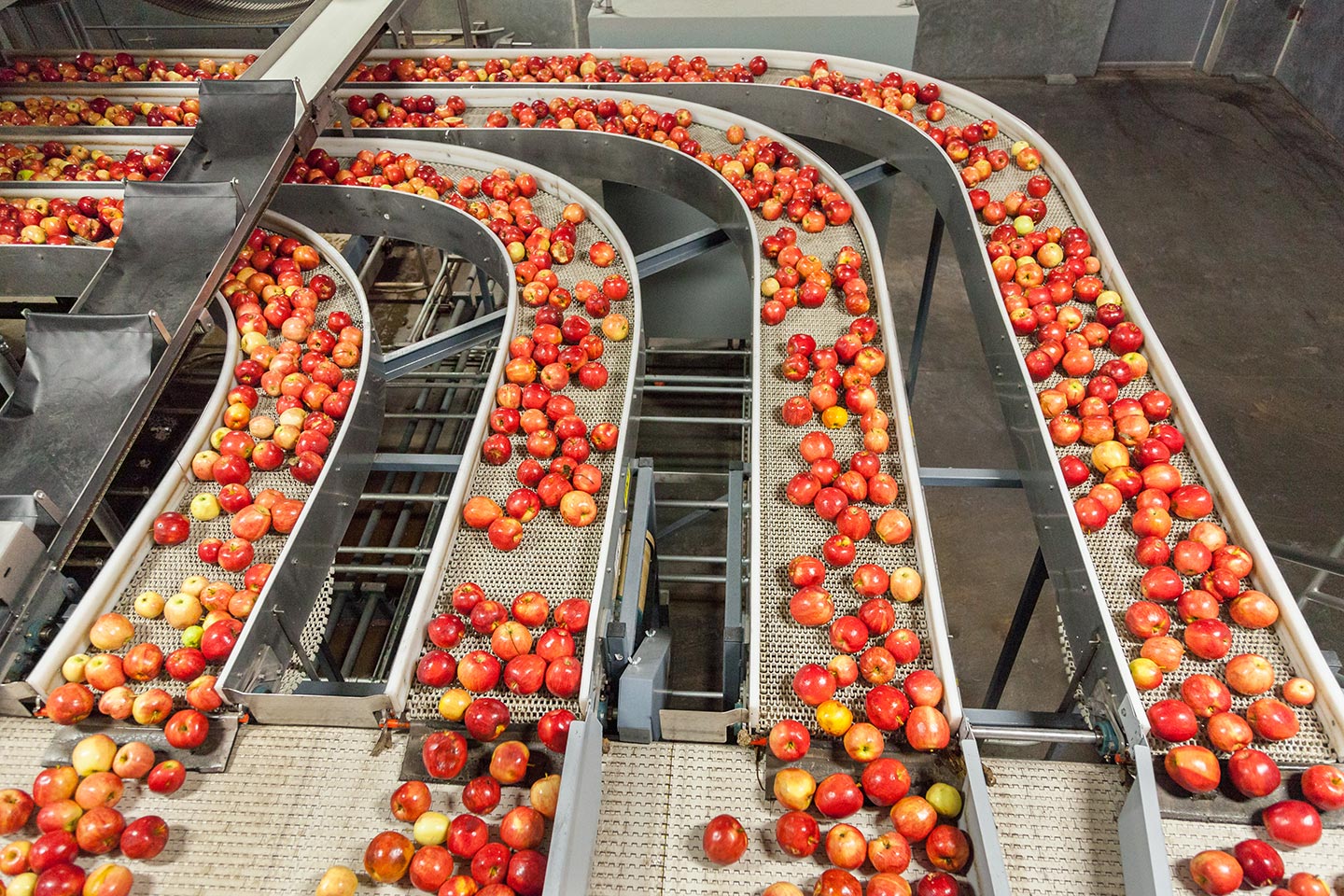
Processing Improvements
Sensing technology and data analytics provide accurate records about food production and storage. This information is critical to improving product life cycle stages for an economical food and beverage supply chain.
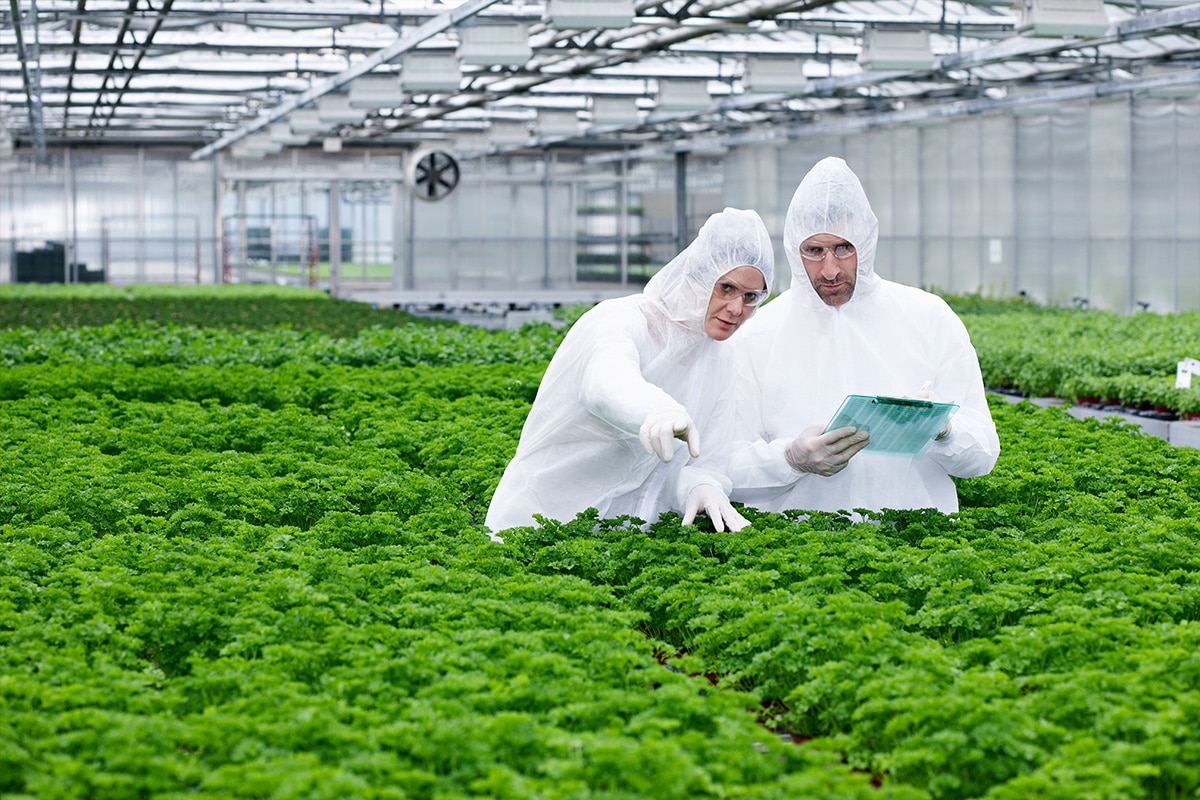
Reduce Spoilage and Environmental Impact
The food and beverage industry’s green movement focuses on ensuring sustainable practices. IoT-enabled food management systems support these initiatives by:
- Providing insight into the supply chain to improve raw material and packaged goods tracking
- Reducing waste through ongoing food and beverage quality and supply monitoring
- Increasing energy efficiency by environmental monitoring and adjustments and distribution practice improvement

